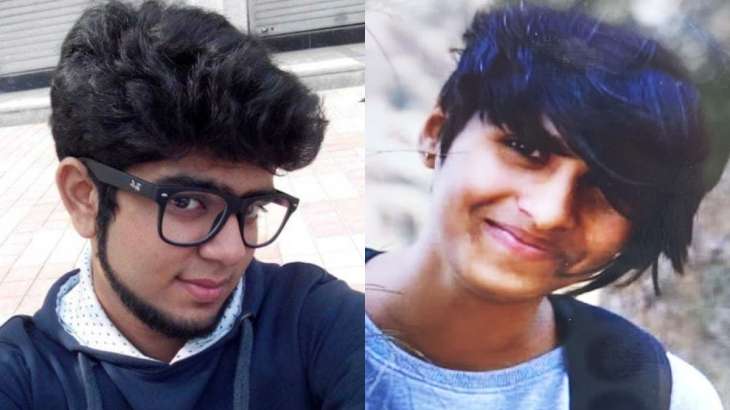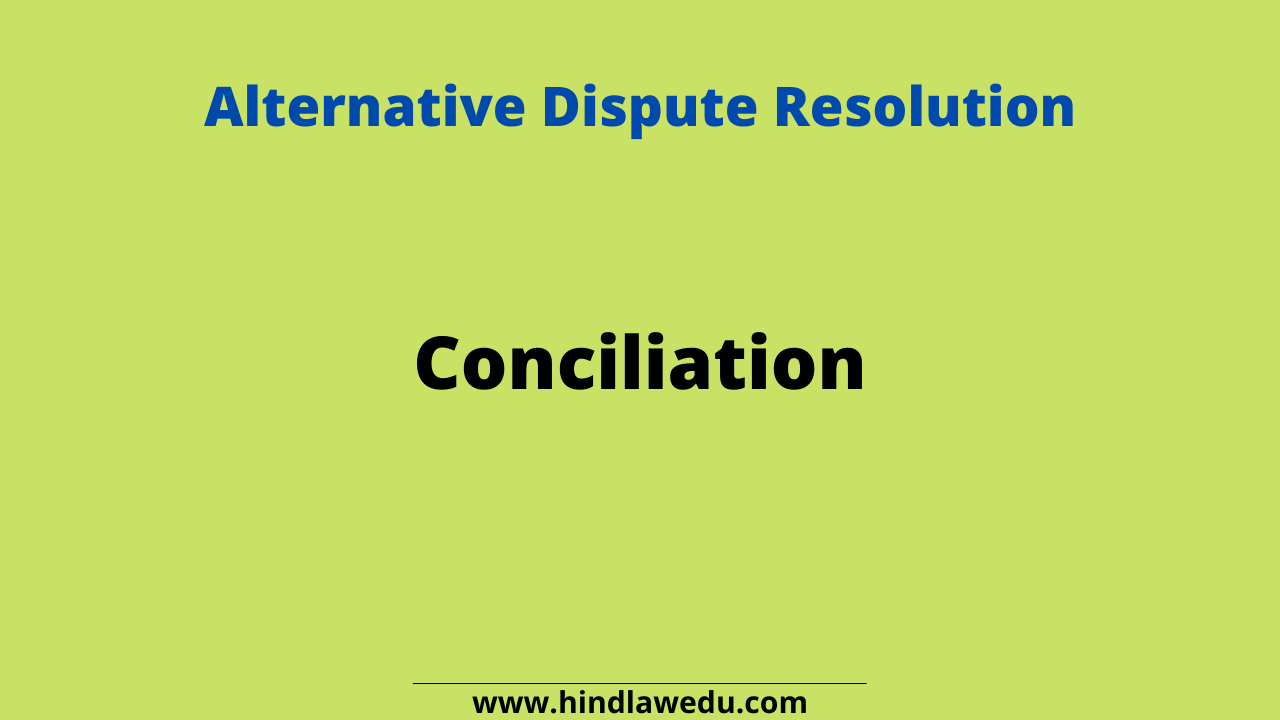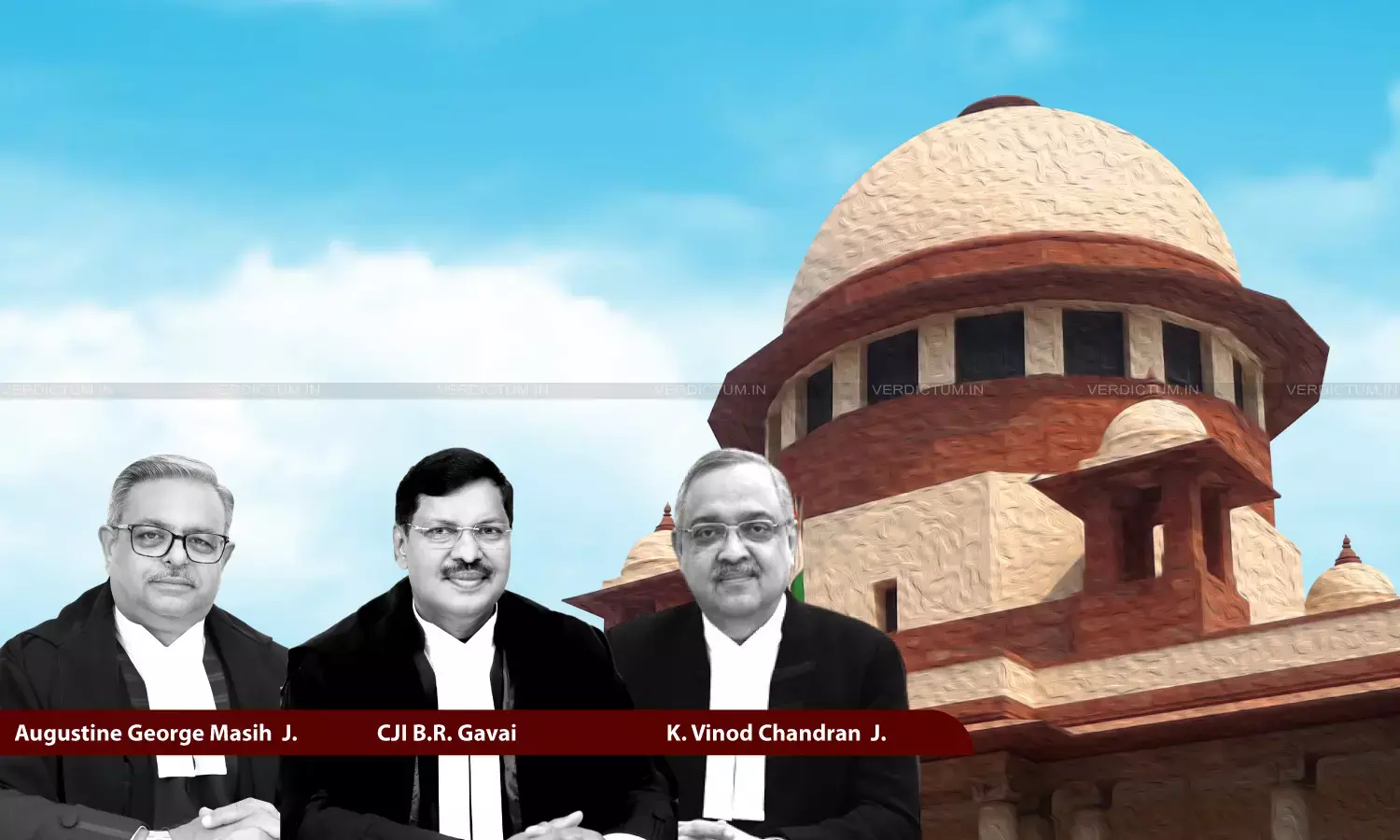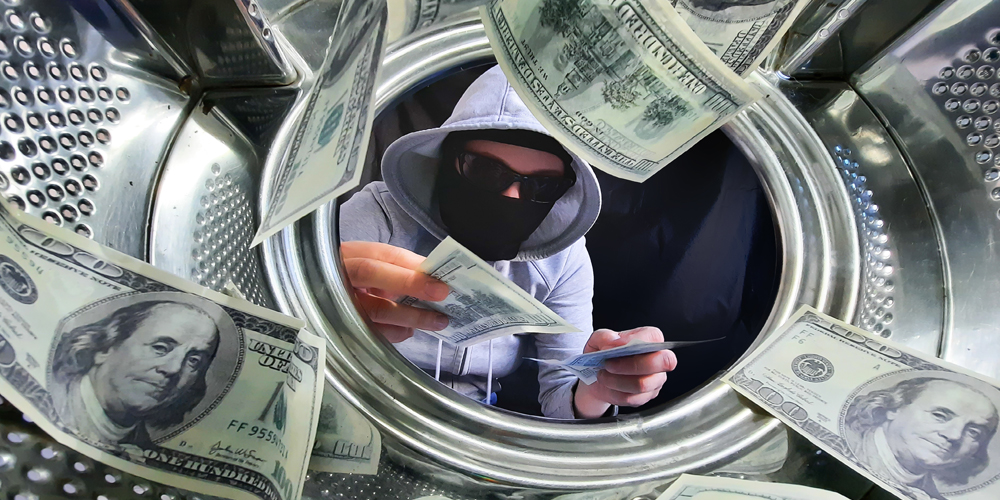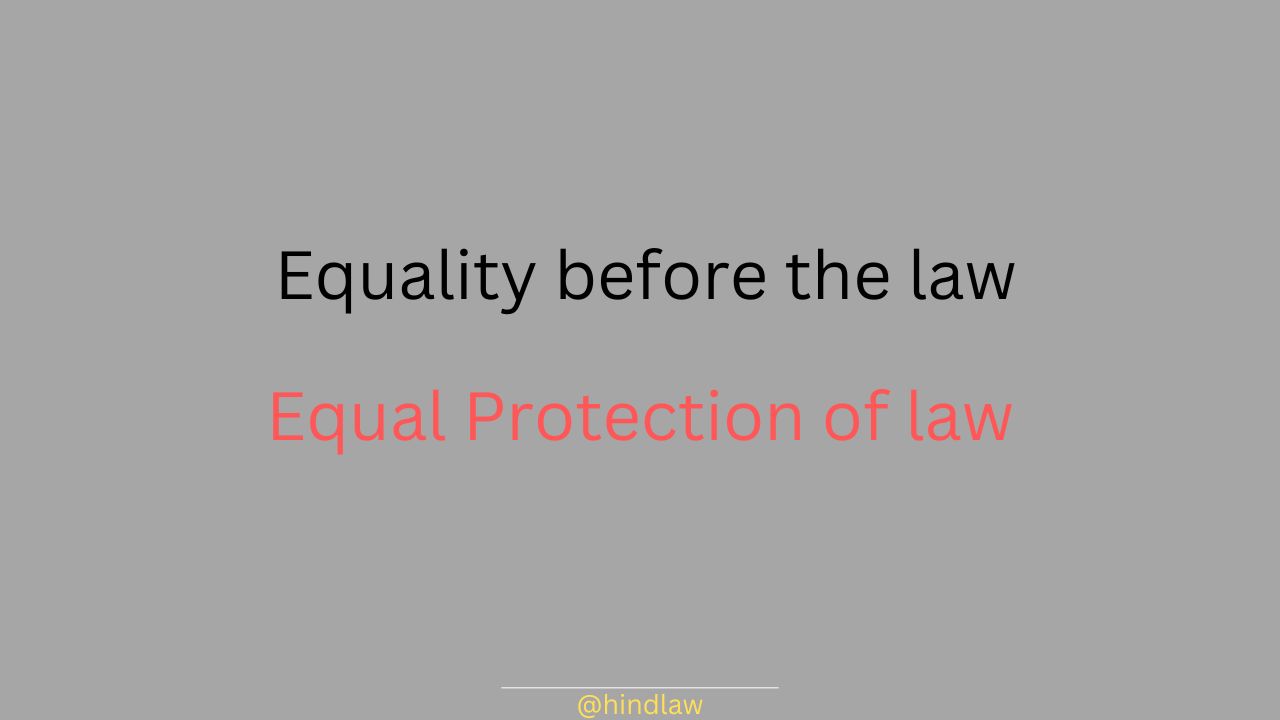Table of Contents
Introduction
In an era dominated by technological advancements, the term “deepfake” has become increasingly prevalent. But what exactly is a deepfake, and how does it impact our digital landscape? Let’s unravel the mystery of deepfakes in simple language and explore some fascinating examples to understand the potential implications.
What is a Deepfake?
A deepfake is a type of artificial intelligence (AI) technology that uses deep learning algorithms to create realistic-looking fake videos or images. These creations can convincingly manipulate or replace the appearance and expressions of individuals, often placing them in situations that never happened.
Understanding Deep Learning
To comprehend deepfakes, it’s crucial to grasp the concept of deep learning. Deep learning is a subset of machine learning, a technology that allows computers to learn and make decisions without being explicitly programmed. Deep learning, in particular, involves neural networks that mimic the human brain’s structure, processing vast amounts of data to improve accuracy over time.
How Deepfakes Work
Deepfake algorithms analyze and learn from extensive datasets, often comprised of images or videos of the target person. Once trained, the AI can seamlessly swap faces, gestures, and voices in a video, creating a seemingly authentic but entirely fabricated piece of content.
Examples of Deepfakes:
1. Celebrity Impersonations:
Imagine watching a video of your favorite actor or musician delivering a speech or engaging in activities that seem genuine but never actually occurred. Deepfake technology has been used to create remarkably realistic celebrity impersonations.
2. Political Manipulation:
Deepfakes can pose serious threats to political landscapes by creating videos of public figures making false statements or engaging in inappropriate behavior. These manipulated videos can potentially influence public opinion and elections.
3. Face Swaps in Movies:
Deepfakes have found applications in the film industry, allowing for seamless face swaps in scenes. This can be used for historical recreations or to bring deceased actors back to the screen.
4. Social Media Deception:
Anyone can be a target of deepfake technology. Personal photos and videos can be manipulated, leading to false narratives or damaging one’s reputation.
Implications of Deepfakes
1. Misinformation and Fake News: Deepfakes can contribute to the spread of misinformation by creating convincing yet entirely fabricated content. This poses challenges to media credibility and public trust.
2. Privacy Concerns: Individuals may find their personal images and videos misused without their consent, raising serious privacy concerns.
3. Security Risks: As deepfake technology advances, there is a potential for malicious actors to use it for identity theft, financial fraud, or other nefarious purposes.
Law related to Deepfakes in India
India lacks specific laws to address deepfakes and AI-related crimes, but provisions to deal with such crimes are there in legislation that offers both civil and criminal relief.
For instance, Section 66E of the Information Technology Act, 2000 (IT Act) is applicable in cases of deepfake crimes that involve the capture, publication, or transmission of a person’s images in mass media thereby violating their privacy. Such an offence shall be punished with imprisonment which may extend to three years or with a fine not exceeding two lakh rupees, or with both.
Section 66D of the IT Act punishes individuals who use communication devices or computer resources with malicious intent, leading to impersonation or cheating. An offense under this provision carries a penalty of up to three years imprisonment and a fine of up to ₹1 lakh.
Further, Sections 67, 67A, and 67B of the IT Act can be used to prosecute individuals for publishing or transmitting deepfakes that are obscene or contain any sexually explicit acts. The IT Rules, also prohibit hosting ‘any content that impersonates another person’ and require social media platforms to quickly take down ‘artificially morphed images’ of individuals when alerted. In case they fail to take down such content, they risk losing the ‘safe harbour’ protection — a provision that protects social media companies from regulatory liability for third-party content shared by users on their platforms.
Provisions of the Indian Penal Code, 1860, can also be resorted to for cybercrimes associated with deep fakes —
-Sections 509 (words, gestures, or acts intended to insult the modesty of a woman),
-section 499 (criminal defamation), and
– section 153 etc.
Apart from this, the Copyright Act of 1957 can be used if any copyrighted image or video has been used to create deepfakes. Section 51 prohibits the unauthorized use of any property belonging to another person and on which the latter enjoys an exclusive right.
In January 2023, the Ministry of Information and Broadcasting in India issued an advisory to media organisations to exercise caution while airing content that could be manipulated or tampered with. The advisory suggested that media outlets should clearly label any manipulated content as “manipulated” or “modified” to ensure that viewers are aware that the content has been altered.
Although there are no specific laws in India that address deepfakes, there are legal provisions and government initiatives that could potentially be used to tackle the issue. As deepfake technology advances and becomes more widespread, the Indian government will likely take further steps to protect individuals from harm.
Conclusion
While deepfake technology showcases the incredible capabilities of AI, it also raises ethical and societal concerns. Understanding the basics of deepfakes empowers individuals to critically assess the authenticity of digital content. As technology continues to evolve, staying informed and vigilant becomes crucial in navigating the dynamic landscape of synthetic realities.

